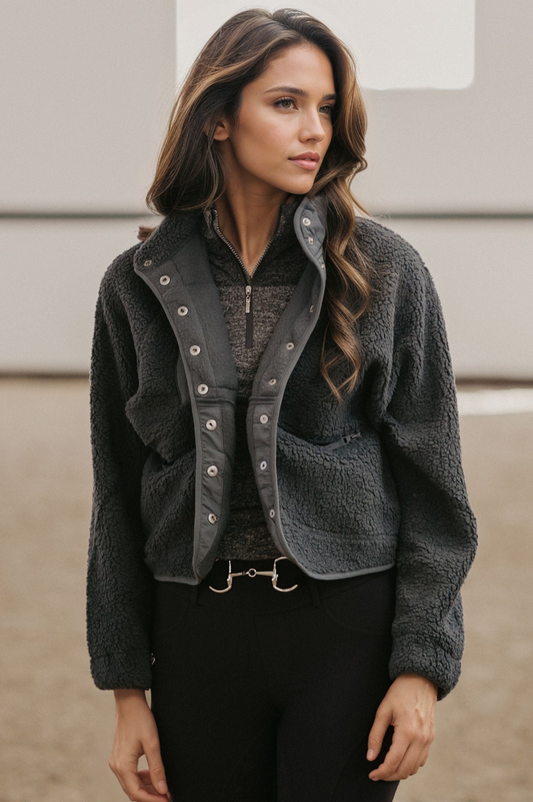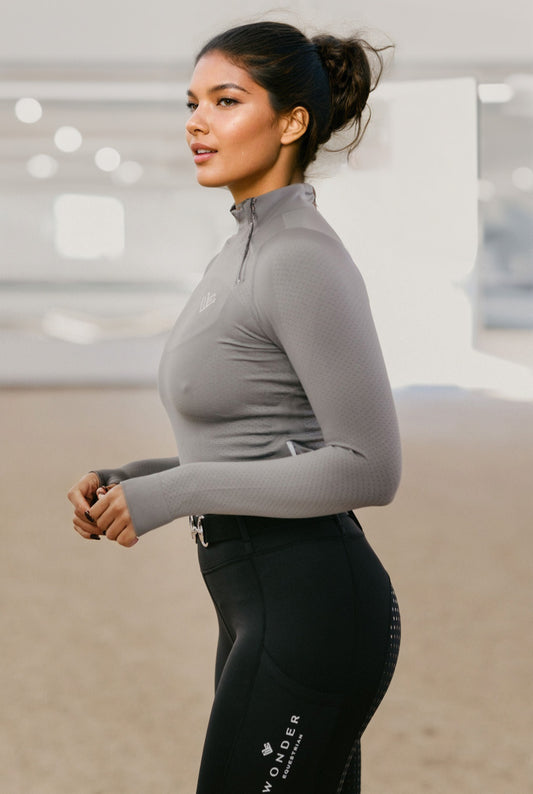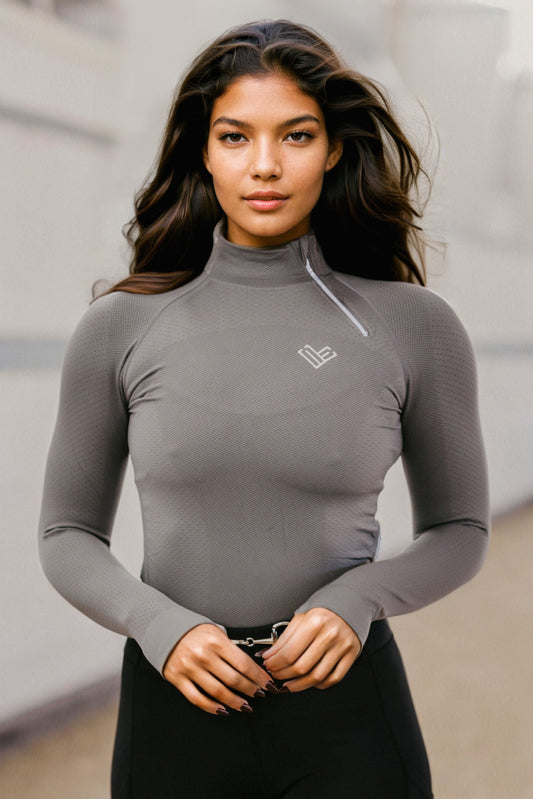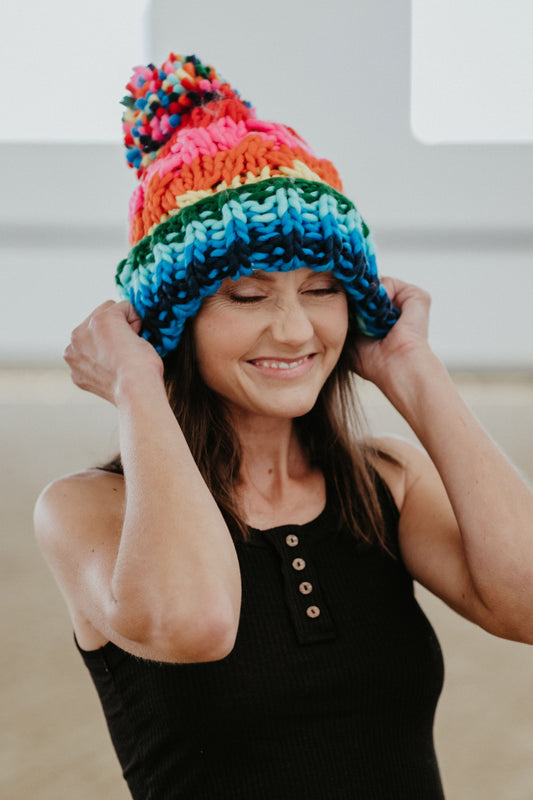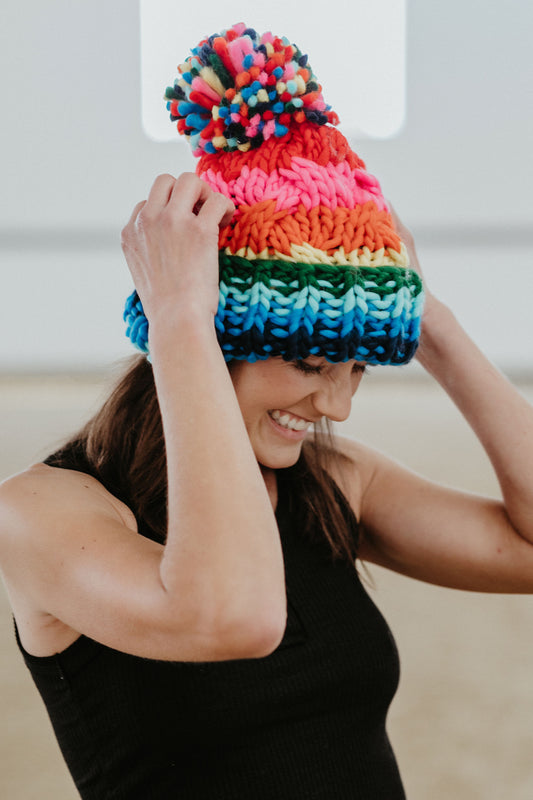The Quest for the Perfect Riding Helmet
Finding the ideal riding helmet is a journey of balancing safety, comfort, style, and personal needs. Whether you are a seasoned equestrian or a beginner venturing into the world of horse riding, the right headgear not only ensures your safety but also enhances your riding experience. This guide will navigate you through the essential considerations and tips to find your perfect riding helmet harmony.
Understanding Safety Standards
First and foremost, safety should be your paramount concern when selecting a riding helmet. Look for helmets that meet or exceed established safety standards such as ASTM (American Society for Testing and Materials), SEI (Safety Equipment Institute), or PAS 015. These certifications ensure that the helmet has undergone rigorous testing for shock absorption, penetration resistance, and retention system effectiveness. Remember, your helmet is your best defense against head injuries; prioritize safety above all else.
Assessing the Fit
A well-fitting helmet is critical for optimal protection. A helmet should sit snugly on your head without being uncomfortably tight. It should sit level on your head, covering most of your forehead, and should not tilt backward or forward. The chin strap should fit comfortably under your chin without choking you. To ensure the right fit, measuring your head circumference just above your eyebrows will give you a starting point. Trying on different sizes and models is crucial, as sizes can vary between manufacturers.
Considering Ventilation and Weight
Comfort is key in selecting the right helmet, especially for those anticipating long hours in the saddle. A helmet with good ventilation will keep your head cool and reduce sweating on warm days. Look for helmets with vents that allow for airflow without compromising the integrity of the helmet. Additionally, a lightweight helmet can prevent neck fatigue and enhance your comfort level, making your riding experience more enjoyable.
Style and Personal Preference
While safety and fit should never be compromised, there's no harm in expressing your personal style through your riding helmet. Helmets come in a variety of designs, colors, and finishes. From traditional velvet-covered helmets to modern, matte, or glossy options, the market caters to all tastes. Some helmets also offer customizable features, such as removable and washable liners, or interchangeable visors, allowing you to personalize your helmet to your liking.
Maintenance and Lifespan
Proper care and maintenance of your riding helmet will ensure its longevity and effectiveness. Always follow the manufacturer's instructions for cleaning and storing your helmet. Avoid exposure to extreme temperatures, which can degrade the materials over time. Additionally, it's important to replace your helmet every four to five years or immediately after a significant impact or fall, even if there are no visible signs of damage. Materials can deteriorate over time and may not provide adequate protection after an impact.
Finding Your Headgear Harmony
In conclusion, finding the ideal riding helmet involves a careful consideration of safety standards, fit, comfort, personal style, and maintenance. By taking the time to research and try on various options, you can find a helmet that not only protects you but also feels like an extension of yourself. Remember, the right helmet can make all the difference in your riding experience, providing peace of mind and allowing you to fully immerse yourself in the joy of horse riding.
Shop Wonder Equestrian



